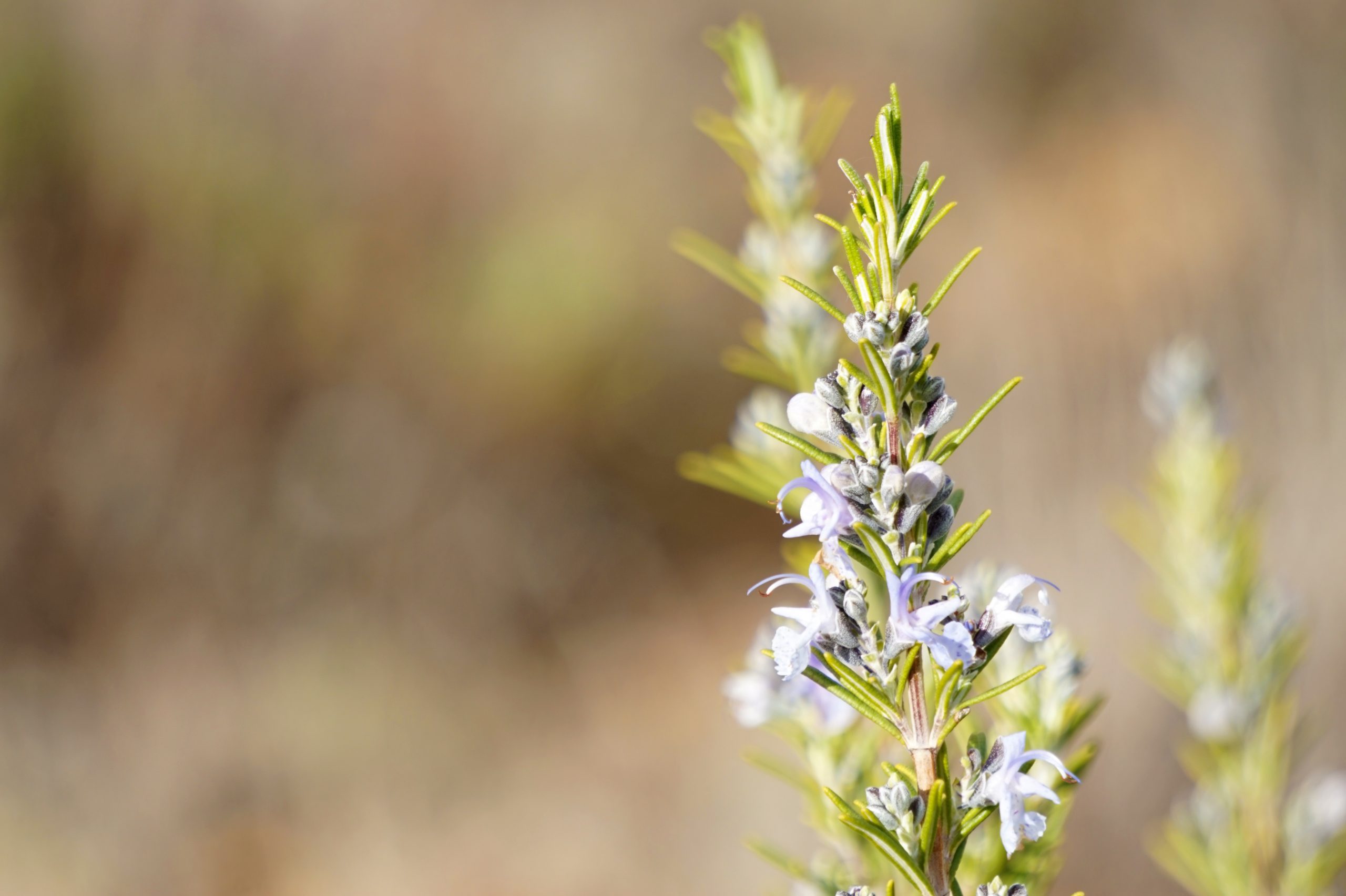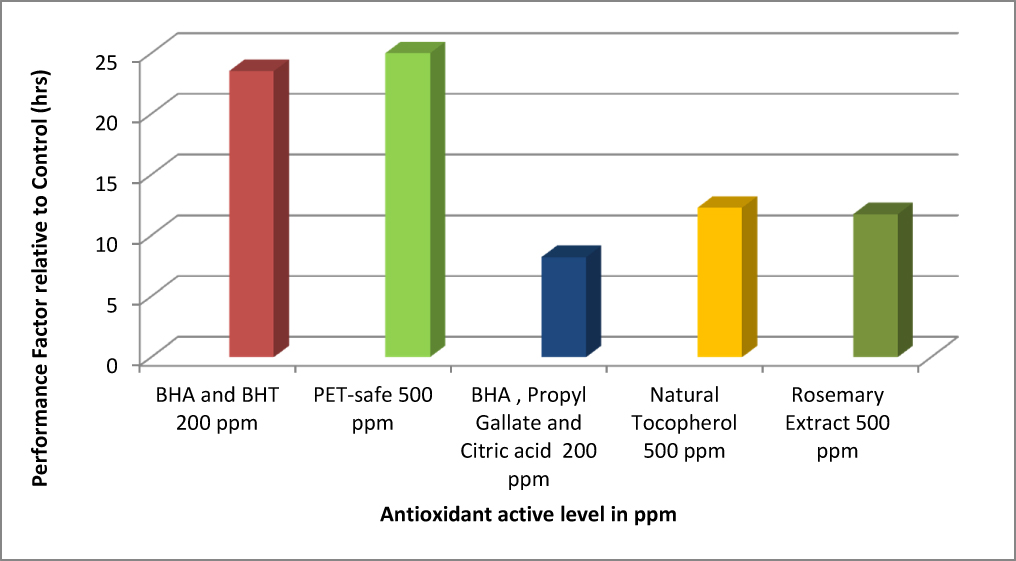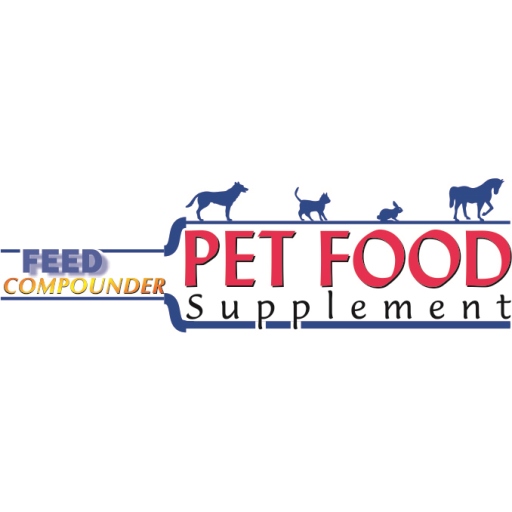Economic replacement of synthetic antioxidants in pet foods
By Catharina Nieuwenhuizen, Barentz Animal Nutrition
The addition of antioxidants in feed can prevent, or delay, lipid oxidation thus prolonging shelf life, improving palatability and assuring nutritional composition. However, the acceptance of certain synthetic antioxidants, currently widely used in pet foods, is becoming more restricted due to potential health effects. The good news is, natural antioxidants can provide cost effective options.
Forces of change
A concern for naturalness in human foods has extended to a greater awareness about additives in pet foods. This has been accompanied by a slow, but ever increasing rate at which synthetic antioxidants are being re-evaluated for safety in feed. This re-evaluation has extended to the antioxidants BHA (Butylated hydroxyanisole) and BHT (Butylated hydroxytoluene). Most current concerns are expressed over BHA and, in particular, its re-authorisation for use in cat foods. In changing from synthetics such as BHA and BHT to only naturals we might see that naturalness comes at a price, both in cost and the stability of the pet food.
Natural options
Natural mixed tocopherols (mixed Homologues of Vitamin E) and Vitamin E itself, are the only class listed as natural antioxidants for feed. The definition of naturalness in feed has no clear definition and remains subject to interpretation. As such compounds for feed i.e. flavours and botanical extracts offering antioxidant capacity are utilised, for example Rosemary extracts.

Understanding options
An alternative to the use of synthetic antioxidants may be considering only natural options with additional cost and a less effective response. This need not be so. Closer consideration should be given to synergy between naturals and “more acceptable” synthetics used successfully in food systems with proven long-standing safety, such as infant nutrition. Ascorbates (Vitamin C and its derivatives), gallates and chelates work well with natural antioxidants and, with a lower cost base, are cost-effective. The drivers are how these compounds are used, work together and where in the pet food process they are used.
Cost-effective options in fats
Antioxidants used in pet foods, such as BHA and BHT, are typically fat-soluble. Non-oil-soluble polar antioxidants work efficiently in fat systems as coating fats for kibbles, due to the ‘polar-paradox’.
Cost-effective options in meal
Studies based on factory produced turkey meal, high in polyunsaturated fats, show the efficacy of such an approach whilst still avoiding the use of both BHA and BHT. The turkey meal was produced using proprietary antioxidants containing BHA and BHT, naturals and the Vitablend product PET-safe (excluding BHA and BHT). Antioxidant capacity was measured by the induction point (hrs) to oxidation under accelerated conditions using the Mikrolab Oxipres. Relative performance is shown compared to the standard control of no antioxidant.

Figure 1: Turkey meal oxidative stability with antioxidant additives compared to control.
The study showed that PET-safe, without BHA and BHT, extends the shelf life of the turkey meal by a factor of 25 compared to a control with no antioxidant addition. Matching the performance of standard combinations of BHA and BHT is achieved and without the on-cost often seen using natural antioxidants.
Vitablend, part of Barentz, places emphasis on formulation and application work to help manufacturers decide on the most appropriate antioxidant for protection to substantiate any change. Our advice for selecting the right antioxidant would be to consider where in the process it is to be employed and whether to use natural or semi-natural options in replacing synthetic antioxidants.
Further information: www.barentz.com/animal-nutrition
Other Topics
Contact
Phone
01994 240002
Address
Plas y Coed, Velfrey Road, Whitland SA34 0RA

